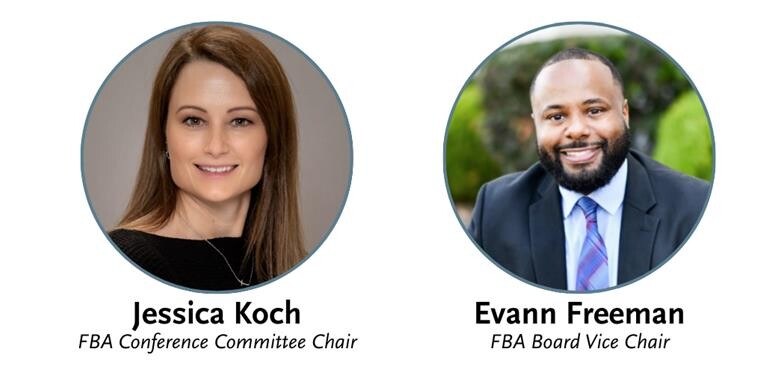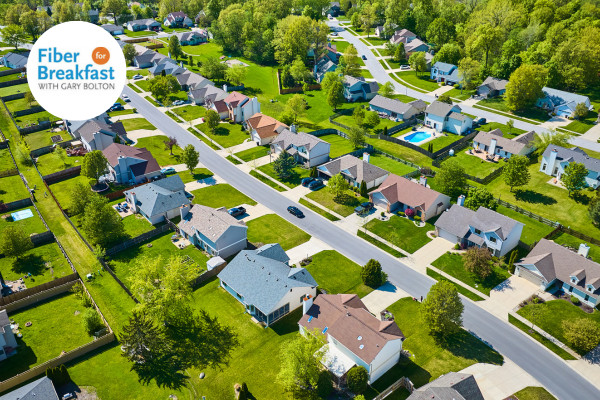FFB Week 43: All Broadband is Not Created Equal: The Practical Divide Between Marketing Claims, Speed Tests and Delivered Speeds
All Broadband is Not Created Equal: The Practical Divide Between Marketing Claims, Speed Tests and Delivered Speeds
In this week’s Fiber for Breakfast, host Gary Bolton sat down with Jonathan Chambers, Co-CEO of Conexon who helped pioneer early telecom power and broadband policy at the national level. Their discussion traced the evolution of broadband deployment in rural America — and why rural electric cooperatives remain at the heart of closing the digital divide.
Jonathan began by reflecting on his time at the FCC and the early broadband funding strategies that shaped today’s landscape. “When I was at the Federal Communications Commission, one of the projects I worked on was how to effectuate the plans laid out in the 2010 National Broadband Report,” he explained. “It wasn’t until the FCC began to subsidize broadband that things really started to move. That’s a pretty recent development — just in the last 15 years.”
At the time, federal and state agencies were grappling with familiar questions: How do you define broadband? What areas are considered unserved? How do you allocate funding and decide who gets it? That line of questioning eventually led him to a pivotal meeting with rural electric cooperatives — and a moment he still calls “a thunderbolt.”
“They shared with me a simple map of where electric co-ops existed,” Chambers said. “I overlaid it with the FCC map of where broadband was lacking, and it was almost a perfect match. It always comes down to sparsity — the lack of population density.”
That overlap made one thing clear: rural electric co-ops were uniquely positioned to do for broadband what they did for electricity nearly a century ago. “If you leverage the electric infrastructure — poles, conduits, rights of way, community organizations, and low-cost borrowing — you can replicate that same 1930s story again,” he said.
He described the early 2010s as a turning point when co-ops began stepping up to serve their own members. The result was successful builds across states like Mississippi, where fiber networks now extend throughout co-op territories. “Everywhere co-ops embraced this role, they built fiber networks to their members,” he said. “We’re now a 10 year old company and it’s been the most rewarding professional experience of my life.”
The conversation then shifted to federal funding programs — and how their design impacts deployment. Looking at the evolution from RDOF to BEAD, he pointed to a philosophical difference. “My approach has always been to get it down to one number,” he explained. “Who can deliver the highest quality service for the least cost to the public? That’s what drives an auction model. BEAD was different — more criteria, more complexity, more delay.”
He also credited the Commerce Department and the current administration with finally getting BEAD moving after years of slow progress that discouraged investment for rural deployments. With his company now preparing to build about $1 billion in networks, he emphasized the need to plan for the future. “We need to ask what broadband will mean five to ten years from now, especially in the age of AI,” Chambers said. He suggested that these probing questions should not be answered by the usual suspects, policymakers. “Let’s go with the folks who invented the internet in the first place. Let’s go to the Internet Society. Let’s ask the people who were there.”
To close, Chambers challenged the industry to be more transparent about service delivery. “You don’t buy a dozen eggs and get ‘up to’ a dozen eggs,” he said. “Customers should know exactly what they’re getting.”
Click here to watch the full interview.




